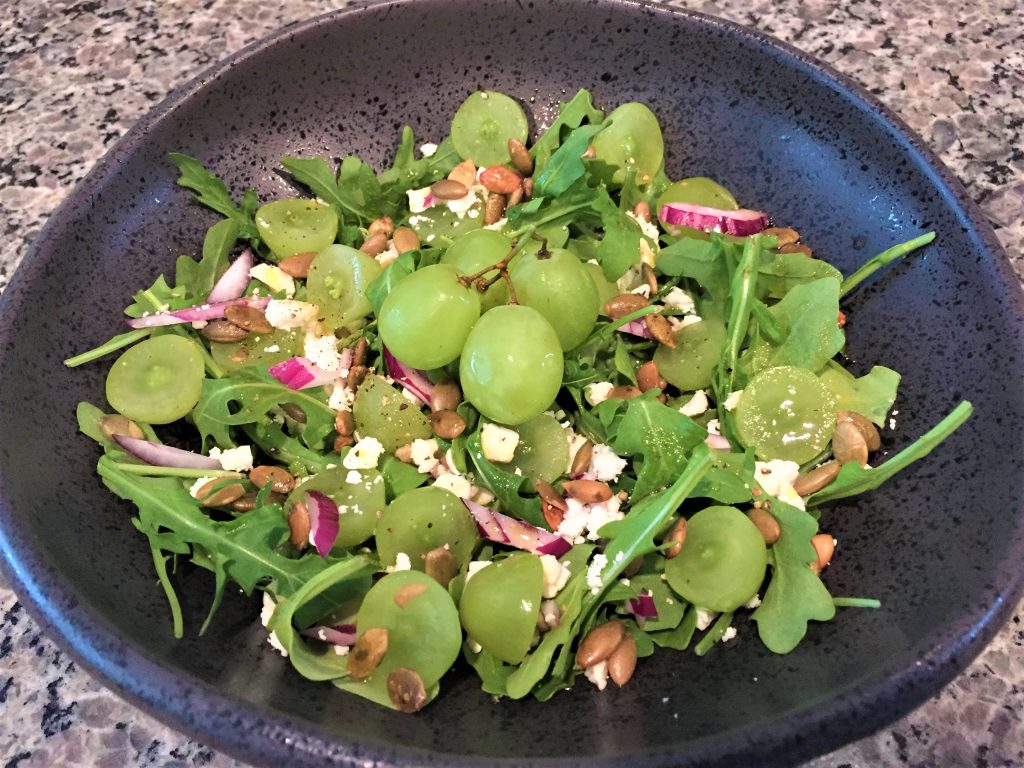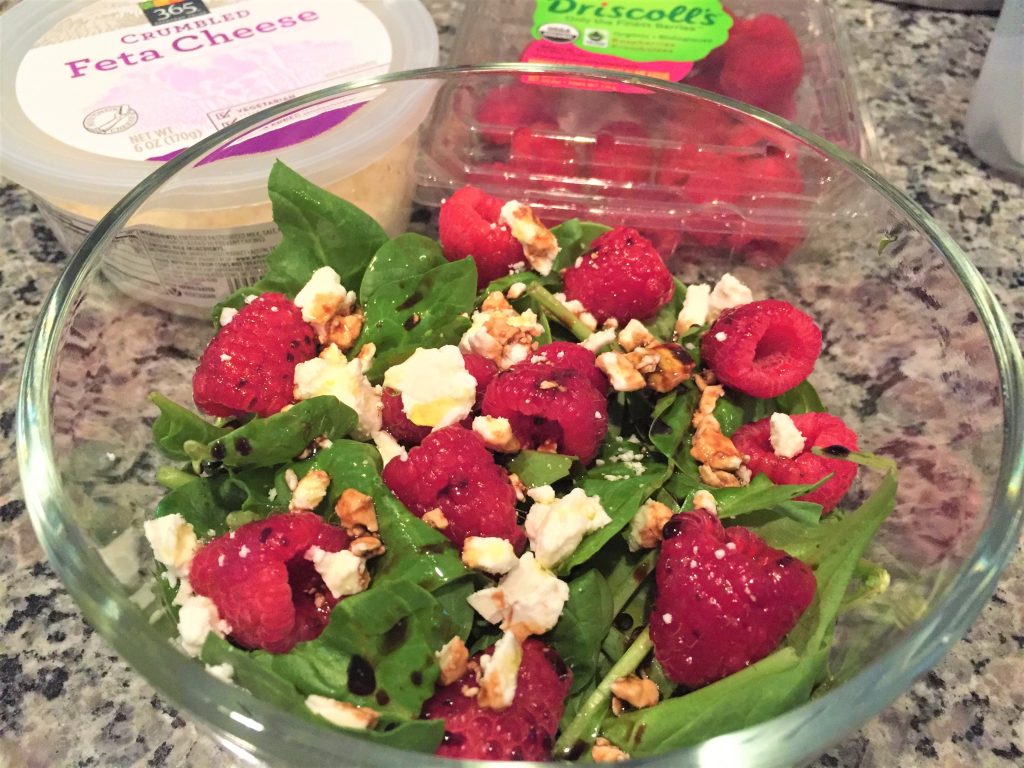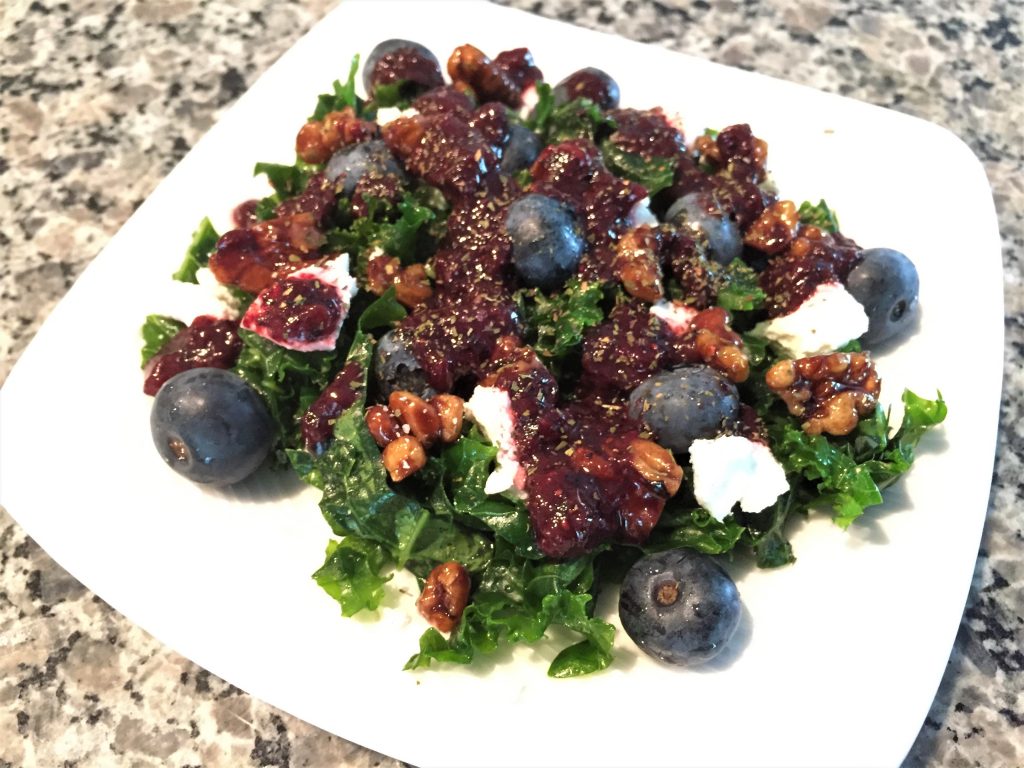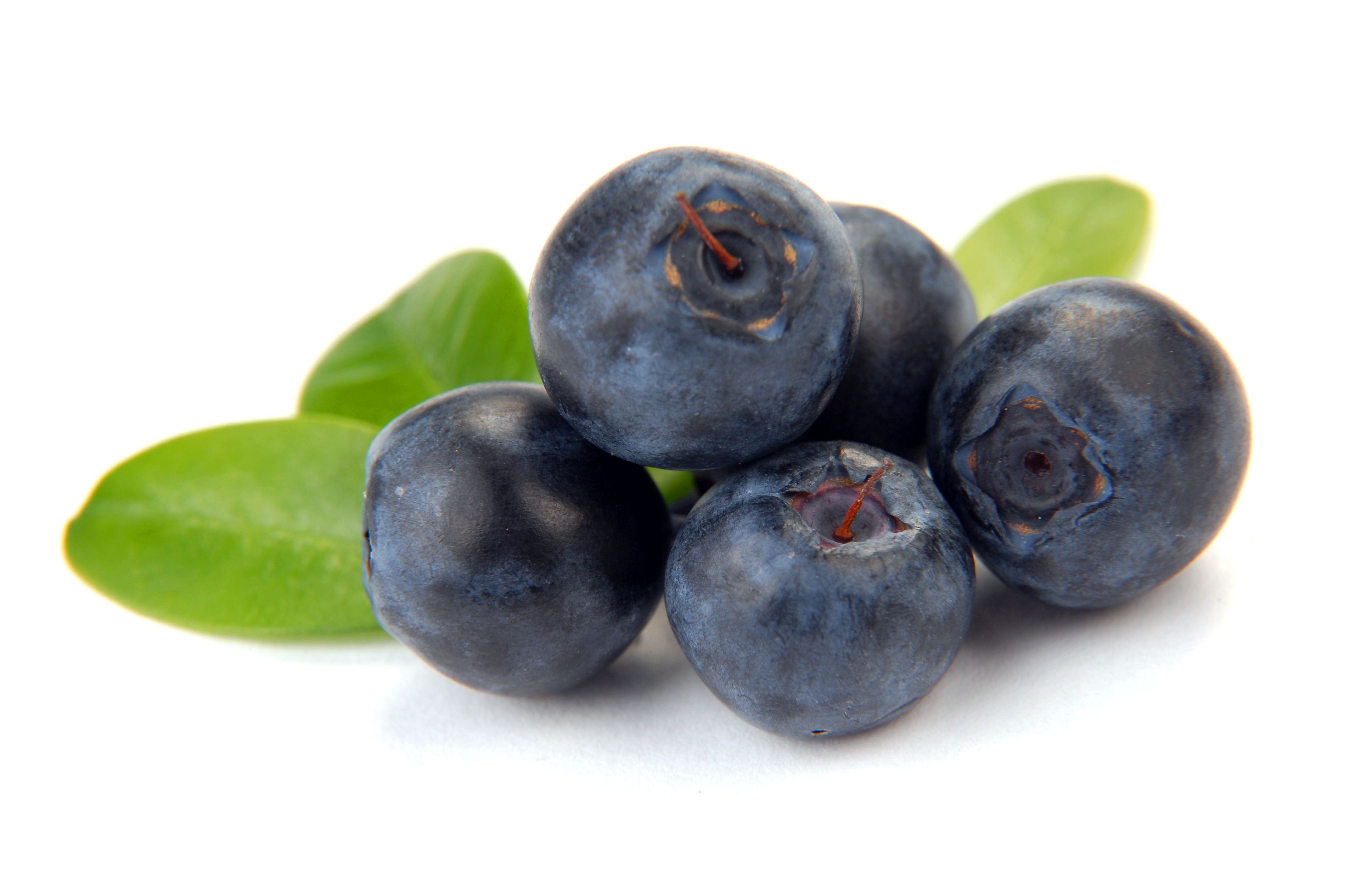
As the temperature rises, there is no better time to indulge in hydrating, cooling, and energizing summer salads!
While fresh fruits and vegetables are important to eat all year long, they have a special benefit in the summer of providing the body with water, electrolytes, and phytonutrients to keep energy levels in check for all the fun outdoor activities. Just think, what do people who live in tropical climates eat to beat the heat? Pineapples, mangoes, papayas, kiwi, coconut, and acai, just to name a few!

What about the sugar??
Eating 100% whole fruit is great for your body – it is loaded with fiber to slow the absorption of the sugars. Plus, with all of the water content, you won’t be eating nearly as much sugar as you would with dried fruits, sweetened products, or processed sugars. (If you do have a condition such as diabetes, be sure to monitor your sugar intake – everything in moderation – and choose low-glycemic fruits such as berries, cherries, and grapefruit, whenever possible.)

The Perfect Summer Salad Template
Ready to flex your creative muscles and start playing in the kitchen (or produce aisle)?!
- Greens – decide whether you are craving a mild lettuce (spinach, butter lettuce, mixed greens), a moderately-flavored lettuce (romaine, green leaf, red leaf), or a flavor-packed lettuce (arugula, watercress). Also consider texture: spinach, green leaf, red leaf, and butter lettuce are very tender, whereas romaine and kale have quite the crunch!
- Fruits – my best advice: buy what is in-season, looks the freshest, was grown locally, and ideally is available organic. I go shopping with a general idea as to what I’d like to buy, but I always assess the entire produce section before making my selection! The in-season fruits will be the freshest and most nutrient-dense. Last week, organic strawberries, raspberries, and blueberries were on super sale at Whole Foods and you better believe I stocked up! (There’s no reason your salad can’t feature 2 or even 3 different fruits!)
- Nuts – this healthy source of fats will balance your blood sugar as you indulge in “nature’s candy” (fruits) and provide lots of nutrients too! I always like toasting mine before tossing them on the salad to accentuate the nutty flavor. Rotate your selection so you reap the nutritional benefits of each and keep your salads interesting… think: pistachios, sliced almonds, walnuts, roasted pumpkin seeds (pepitas), and cashews!
- Cheese (optional) – if you’re a cheese eater, spice up your salad with creamy goat cheese, tangy feta cheese, or nutty Parmesan. Pair your cheese with the type of fruit that’s on your salad – and again, get creative!
- Dressing – to bring it all together and give your salad the WOW factor! Here’s my rule of thumb: FASS method = Fat, Acid, Sweet, Salty. This combination will stimulate and satisfy each of your taste buds simultaneously. The sweet is taken care of by the fruit. If you’re using salted nuts or cheese, the salty part is mostly covered. For the dressing, let’s focus on healthy fat + acid. The healthy fat enables your body to absorb fat-soluble vitamins found in greens and fruits (vitamins A, D, E & K), while the acidic component will start to break down the tough plant cell walls to make the nutrients more available during digestion.
- The obvious answer?? Olive oil & vinegar (or juiced citrus)! I am a HUGE fan of using infused olive oil and vinegar for my dressings. This is a growing industry and we are lucky to have our own supplier here in Columbia, SC: The Crescent Olive, on Devine Street, which features the highest quality infused premium extra virgin olive oils and infused dark & white balsamic vinegars. The flavor combinations are literally endless! Some of my favorites include: Meyer Lemon olive oil, Persian Lime olive oil, Blood Orange olive oil, Pineapple white balsamic, Coconut white balsamic, Pomegranate Quince white balsamic, and Raspberry dark balsamic. (There are tons more in their tasting room on Devine Street in Columbia and available to ship!)
- If you don’t live nearby or don’t have access to these gems, find a good-quality olive oil, some lemons, limes, oranges, dark & white balsamic vinegar, some mustard, maple syrup, or honey and start mixing! Mustard is a natural emulsifier, meaning that it will hold the oil & vinegar together and prevent it from separating when you mix it 😉 You can also experiment with a healthy homemade honey mustard by mixing 2 parts mustard, 1 part honey, 1 part olive oil, and a dash of salt & pepper.

Be sure to visit the “Recipes” tab of my website for more recipe ideas – I’ll be adding more all summer! 🙂
